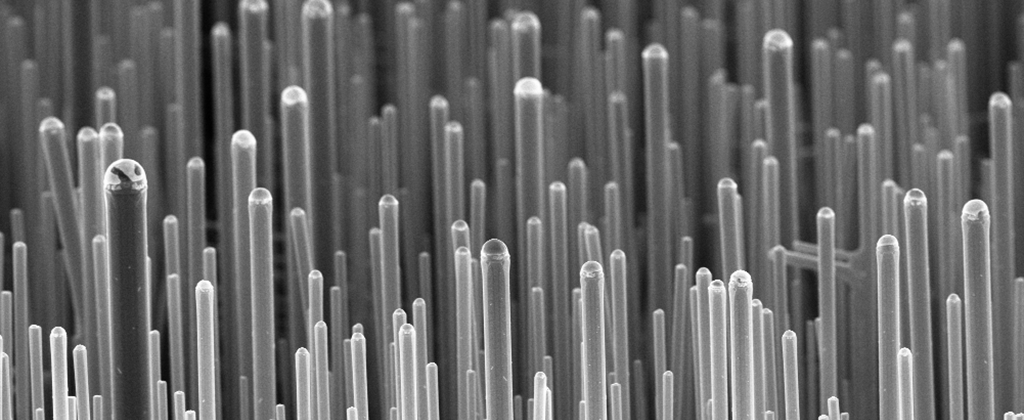- Oligophenylene vanillin nano wires section
Oligophenylene vanillin nanowires to produce wires with a wide range of electrical properties
Researcher and author: Dr. ( Afshin Rashid)
Note: Oligophenylene vanillin nanowires are just like normal electrical wires except for the fact that they are very small. Like conventional wires, nanowires can be made from a variety of conductive and semi-conductive materials such as copper, silver, gold, iron, silicon, zinc oxide, and germanium. Nanowires can also be made from carbon nanotubes.
Oligophenylene vanillin nanowires are less than 100 nm in diameter and can be as small as 3 nm. Typically, nanowires are more than 1000 times larger than their diameter. This huge difference in the ratio of length to diameter compared to Oligophenylene vanillin nanowires is often referred to as 1D materials. This leads to unique properties not seen in bulk materials, the precise size of Oligophenylene vanillin nanowires means that quantum mechanical effects become important. "Quantum wires" exploit quantum mechanics to produce wires with a wide range of unique electrical properties. These properties include quantum tunneling, which allows wires made of carbon nanotubes to have very high conductivity with electrons passing through the wire in a ballistic manner.
In the immersion method, Oligophenylene vanillin nanowires have enough time to transfer from the particles of the nanowires to the holes ; The step of forming uniform nanoparticles is done slowly and finally uniform nanowires are formed. Structural investigation with FESEM in the immersion method of uniform nanowires in all pores and in a wide area in nanowire particles. The simple answer to this question is any particle less than 100 nanometers. But as the scale of 1-100 nm determines the size range of a nanoparticle. In order to prevent particle contact, a cluster of atoms may be removed below 1 nm, but the electron movement in nanoparticles has to particles <1 nm. Because particles are three-dimensional.
Conclusion :
Oligophenylene vanillin nanowires are just like normal electrical wires except for the fact that they are much smaller. Like conventional wires, nanowires can be made from a variety of conductive and semi-conductive materials such as copper, silver, gold, iron, silicon, zinc oxide, and germanium. Nanowires can also be made from carbon nanotubes.
Researcher and author: Dr. ( Afshin Rashid)
Specialized doctorate in nano-microelectronics





